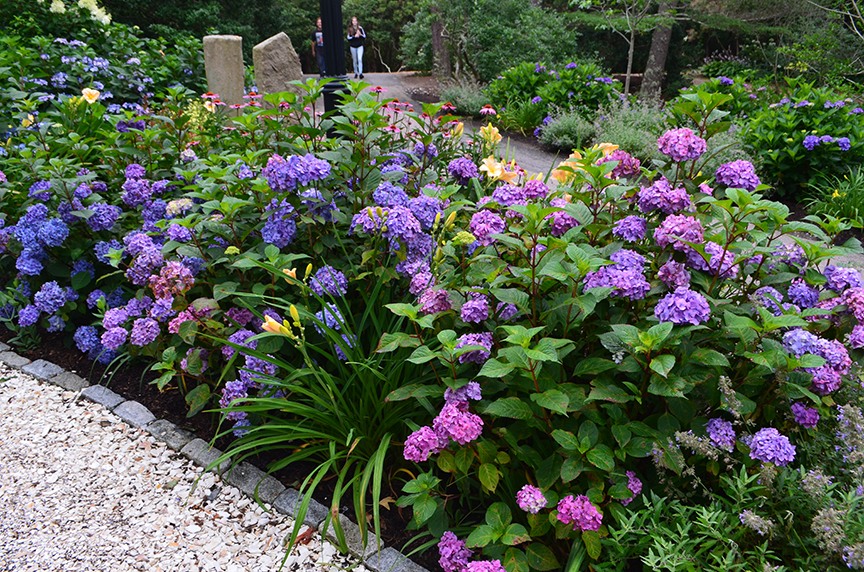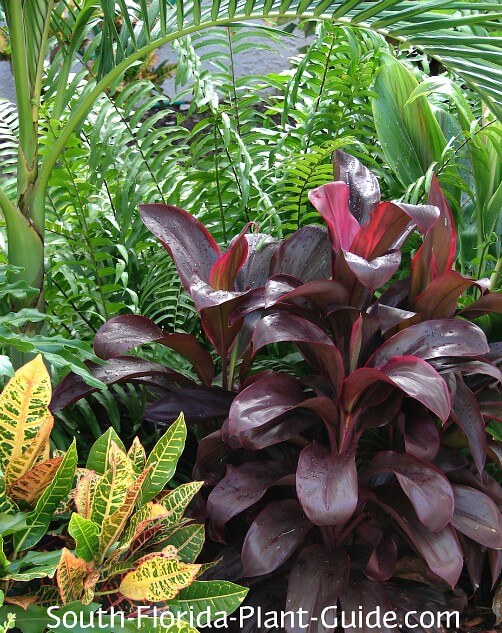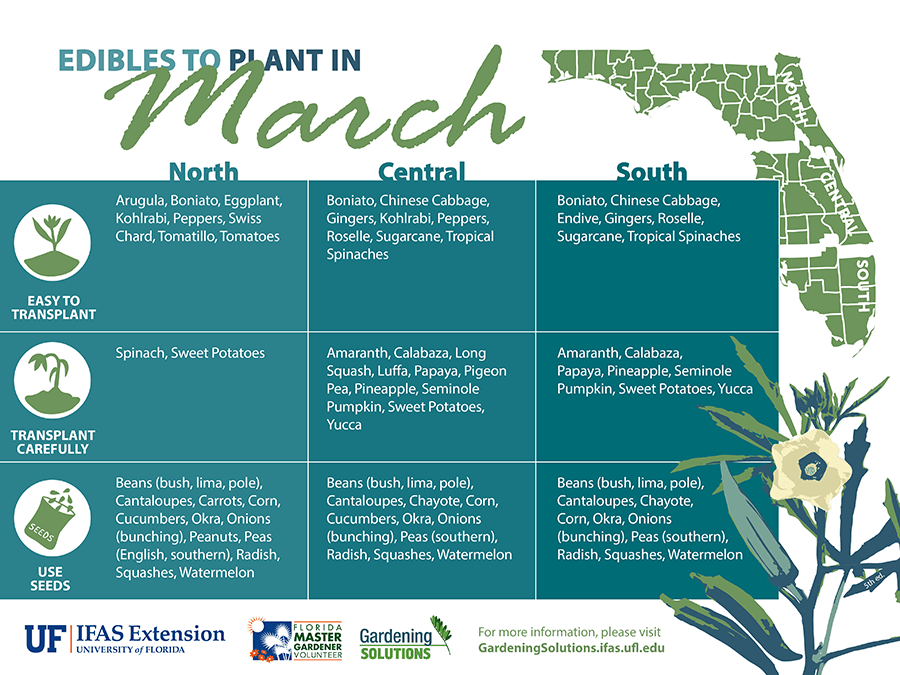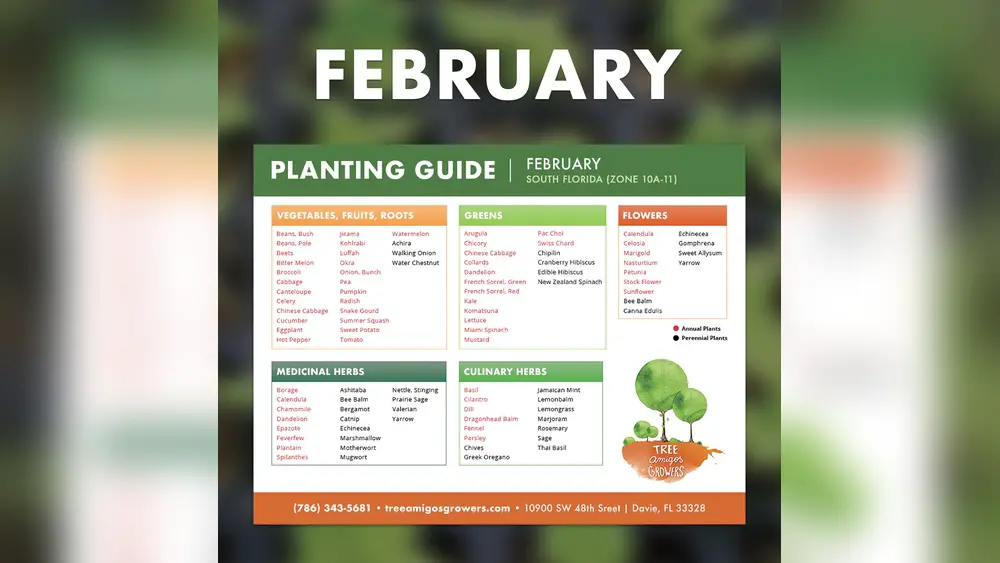Are you ready to transform your outdoor space into a vibrant, thriving garden? Knowing the best time to plant a garden in South Florida can make all the difference between lush growth and struggling plants.
With South Florida’s unique climate, timing your planting right is key to enjoying fresh vegetables, beautiful flowers, and a garden that flourishes year-round. In this guide, you’ll discover exactly when to start planting and how to get the most from your garden, so you can enjoy nature’s bounty without the guesswork.
Keep reading to unlock the secrets to a successful South Florida garden!
South Florida Climate And Gardening Seasons
South Florida’s climate shapes its unique gardening seasons. The region enjoys warm temperatures and plenty of sunshine. These conditions allow for gardening throughout the year. Understanding the climate helps gardeners pick the best planting times. Knowing the effects of heat and humidity is also key to success.
Year-round Growing Conditions
South Florida has mild winters and hot summers. Frosts are rare, so many plants survive winter outside. This makes it possible to grow vegetables and flowers all year. Gardeners can plant cool-season crops in winter and warm-season crops in summer. The steady warmth supports continuous growth.
Fall As Prime Planting Season
Fall stands out as the best time to plant in South Florida. Temperatures begin to cool, easing heat stress on young plants. The soil remains warm, helping seeds to sprout quickly. Plants establish roots before the cooler winter months. Fall planting leads to stronger, healthier gardens.
Impact Of Heat And Humidity
Heat and humidity rise during spring and summer. High heat can slow plant growth and cause stress. Humidity encourages fungal diseases and pests. Gardeners must water wisely and choose heat-tolerant plants. Shade and mulch help protect plants from harsh conditions.
Best Months To Plant Vegetables
Choosing the right months to plant vegetables in South Florida ensures a healthy, productive garden. The warm climate allows for year-round planting, but certain months suit specific crops best. Understanding these periods helps you grow fresh vegetables with less effort and better results.
September Warm-season Crops
September is ideal for planting warm-season vegetables. Tomatoes, peppers, and eggplants thrive in this month. The soil remains warm, encouraging strong root growth. Start seeds or transplant seedlings early in September. This timing helps plants mature before cooler weather arrives.
October Cool-season Vegetables
October marks the start of the cool-season vegetable planting. Broccoli, cabbage, and lettuce grow well now. Cooler temperatures reduce pest problems and improve flavor. Plant seeds directly in the ground or use transplants. October planting leads to a fall and winter harvest.
Winter And Spring Options
Winter and early spring offer a chance to plant hardy vegetables. Carrots, radishes, and spinach do well in these months. These crops tolerate cooler temperatures and shorter days. Start seeds indoors or sow directly outside. This period extends your garden’s productivity through early spring.
Popular Plants For South Florida Gardens
South Florida’s warm climate supports a wide range of plants. Gardens here thrive with herbs, vegetables, and leafy greens that enjoy the long growing season. Choosing the right plants ensures a bountiful and healthy garden.
Herbs And Greens
Herbs like basil, cilantro, and parsley grow well in South Florida. They prefer warm weather and partial shade. Leafy greens such as lettuce and kale also do well, especially during cooler months. These plants add fresh flavor to meals and are easy to grow.
Fruiting Vegetables
Tomatoes, peppers, and eggplants flourish in South Florida gardens. They need plenty of sunlight and consistent watering. These vegetables produce abundant fruit and are staples in many dishes. Plant them in the fall for the best results.
Root And Leafy Crops
Carrots, radishes, and beets grow successfully in loose, sandy soil. Leafy crops like Swiss chard and spinach also thrive here. These plants mature quickly and provide fresh, nutritious harvests. They prefer cooler seasons but can tolerate some heat.

Credit: garden-gab.com
Soil Preparation Tips
Proper watering and maintenance keep your South Florida garden healthy and thriving. Consistent care helps plants grow strong despite the region’s heat and humidity. A good schedule prevents overwatering and drought stress. Follow simple steps to manage water use and protect your plants.
Irrigation Best Practices
Water early in the morning for best results. This reduces evaporation and helps plants absorb moisture. Use drip irrigation or soaker hoses to target roots directly. Avoid overhead watering that wets leaves, inviting disease. Check soil moisture before watering to prevent excess. Adjust watering based on rainfall and plant type.
Mulching For Moisture Retention
Apply mulch around plants to keep soil moist longer. Mulch also controls weeds and improves soil health. Use organic mulch like bark, straw, or leaves for best benefits. Spread a 2-3 inch layer evenly around your plants. Keep mulch a few inches from stems to avoid rot. Refresh mulch each season to maintain effectiveness.
Pest And Disease Management
Inspect plants regularly for pests and signs of disease. Early detection helps stop problems before they spread. Use natural remedies like insecticidal soap or neem oil for pests. Remove diseased leaves and debris to reduce infection risk. Keep plants spaced for good air flow, reducing fungal growth. Rotate crops each year to prevent soil-borne diseases.
Watering And Maintenance Schedules
The rule of three is a simple but effective garden design tool. It helps create balance and interest using groups of three plants or elements. This rule makes gardens look natural and pleasing to the eye. Using odd numbers, especially three, avoids stiffness and promotes flow in your garden layout.
Applying this rule in South Florida gardens can enhance the beauty of your space. The tropical climate allows for diverse plant choices to mix and match. Grouping plants in threes brings harmony and rhythm to your garden design.
Plant Groupings For Visual Appeal
Group plants in sets of three to create natural clusters. Avoid planting in even numbers, which often look forced. Choose plants with different leaf shapes and colors for contrast. Three plants together draw the eye and create focal points in the garden. This method helps break up empty spaces and adds texture.
Mixing Varieties And Heights
Use three different plant varieties for depth and interest. Combine short, medium, and tall plants in each group. Place the tallest plants at the back to add dimension. Medium plants go in the middle for balance. Shorter plants at the front complete the layered look. This height variation enhances the garden’s visual flow and makes it more dynamic.
Repeating Patterns For Cohesion
Repeat groups of three throughout the garden for unity. This repetition ties different areas together visually. Use similar colors or shapes in each trio to maintain consistency. Repeated patterns create a rhythm that guides visitors through your garden. It also makes the space feel organized and intentional without being rigid.

Credit: www.south-florida-plant-guide.com
Garden Design With The Rule Of Three
Extending your growing season in South Florida helps you enjoy fresh produce longer. The warm climate allows gardeners to plant beyond typical seasons. Smart techniques protect plants from heat and occasional cold snaps. These methods keep your garden productive and vibrant throughout the year.
Using Shade And Protection
Shade cloths reduce harsh sunlight during hot months. They prevent plants from wilting or burning. Lightweight covers protect seedlings from cold nights in winter. Using row covers shields crops from pests and strong winds. These simple steps create a stable environment for plants to thrive.
Succession Planting Strategies
Planting in intervals ensures a steady harvest. Start new seeds every few weeks to replace mature plants. This method avoids gaps in your garden’s production. Choose quick-growing varieties for faster turnover. Plan crops that mature at different times to maximize space and yield.
Containers And Raised Beds
Containers warm up faster in early spring, allowing early planting. Raised beds improve soil drainage and reduce pests. They offer better control over soil quality and nutrients. These options extend the planting window by creating ideal growing conditions. Move containers to shade or sun as needed for your plants.
Extending Your Growing Season
Starting a garden in South Florida can be exciting. Avoiding common mistakes helps your plants grow strong. Many gardeners face issues that slow growth or cause plant loss. Knowing what to avoid saves time and effort. Here are some frequent errors made during planting and how to steer clear of them.
Planting Too Early Or Late
Planting too early exposes seedlings to cold snaps. This can stunt growth or kill plants. Planting too late misses the ideal growing window. Plants may suffer from heat stress or pests. Follow South Florida’s seasonal cues for best results. Timing affects yield and plant health greatly.
Overwatering And Underwatering
Overwatering drowns roots and invites disease. Soil stays soggy, reducing oxygen for plants. Underwatering causes stress and weak growth. Plants wilt and may die from lack of moisture. Water deeply but less often. Check soil moisture before watering again.
Ignoring Local Climate Factors
South Florida has unique weather patterns year-round. Ignoring humidity, rainfall, and temperature leads to poor plant choices. Some plants thrive in heat and humidity; others do not. Understanding local climate helps select suitable crops. Protect plants from strong sun and heavy rains.

Credit: gardeningsolutions.ifas.ufl.edu
Frequently Asked Questions
When Should I Start A Vegetable Garden In South Florida?
Start a vegetable garden in South Florida in fall for best growth. You can also plant year-round due to the warm climate.
What Is The Rule Of 3 In Gardening?
The rule of 3 in gardening groups plants in threes for natural, balanced, and visually appealing arrangements. Use different plant types with varied heights and textures. Repeat these trios throughout the garden to create harmony and depth in design.
Is September Too Late To Plant A Garden?
September is a good time to plant many vegetables and flowers before cooler weather arrives. Choose fast-growing, cool-season crops.
What Can I Plant In October In Florida?
Plant cool-season vegetables like lettuce, spinach, carrots, broccoli, and cabbage in Florida during October. Herbs such as cilantro and parsley also thrive. Start planting flowers like pansies and snapdragons for vibrant fall color. This timing ensures healthy growth before winter arrives.
Conclusion
Planting a garden in South Florida works best in fall for strong growth. The warm climate allows many plants to thrive almost year-round. Choose plants suited to South Florida’s heat and humidity. Group plants in odd numbers for a natural look.
Water regularly and watch your garden flourish with care. Start small, learn from each season, and enjoy your green space. Gardening here can be simple and rewarding with the right timing. Your South Florida garden will grow healthy and beautiful.

